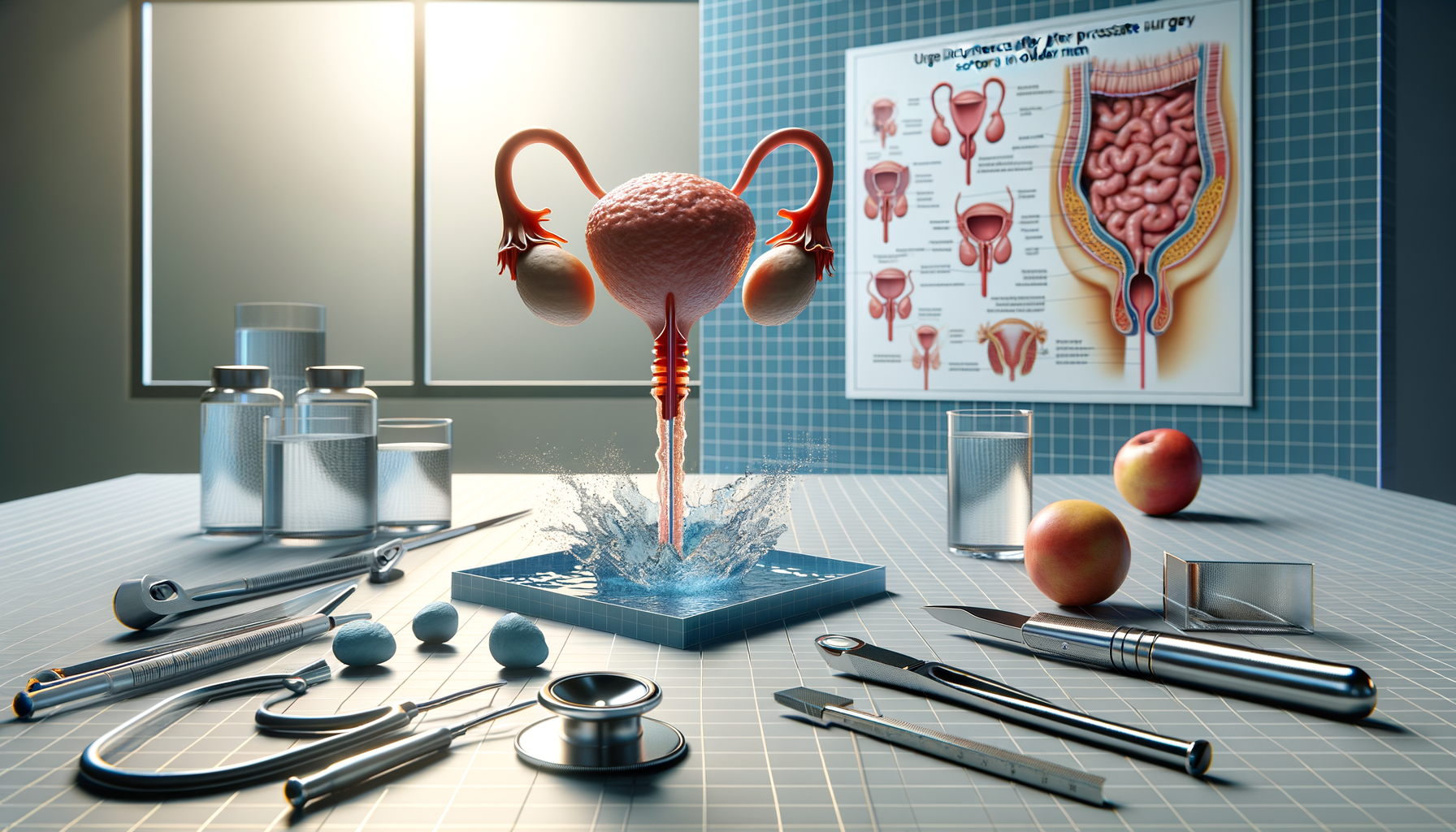What to Know About Urge Incontinence After Prostate Surgery in Older Men
Does regaining bladder control after prostate surgery present unique considerations? Understanding the potential for urge incontinence is a relevant topic for many. Exploring the possible experiences in later life can provide valuable insights.

Understanding Urge Incontinence in Older Men
Urge incontinence is a common issue faced by older men, particularly following prostate surgery. It is characterized by an abrupt and intense urge to urinate, often leading to involuntary leakage. This condition can significantly impact the quality of life, making it crucial to understand its underlying causes and symptoms.
Causes and Symptoms of Urge Incontinence After Prostate Surgery in Older Men are primarily linked to the changes in the urinary tract following surgery. The prostate gland plays a vital role in controlling urination, and its removal or alteration can disrupt the normal functioning of the bladder and urethra. This disruption often results in the bladder becoming overactive, leading to frequent urges to urinate.
Symptoms include frequent urination, nocturia (waking up at night to urinate), and a sudden, uncontrollable need to urinate. These symptoms can be distressing, often leading to anxiety and social withdrawal. Understanding these signs is the first step in seeking appropriate treatment and management strategies.
Exploring Treatment and Management Options
Management and Treatment Options for Urge Incontinence in Older Men Post-Prostate Surgery are diverse, offering hope for those affected. Treatment plans are typically tailored to the individual’s specific needs and the severity of their symptoms.
Behavioral therapies are often the first line of treatment. These include bladder training and pelvic floor exercises, which aim to strengthen the muscles that control urination. Such exercises can be highly effective in reducing symptoms and improving bladder control.
- Bladder training: Involves scheduled urination and gradually increasing the time between bathroom visits.
- Pelvic floor exercises: Focus on strengthening the muscles that support the bladder and urethra.
Medications can also play a significant role in managing symptoms. Drugs that relax the bladder or reduce its overactivity can be prescribed, providing relief for many individuals. In some cases, surgical interventions might be considered, particularly if other treatments have not been successful.
Overall, a combination of these treatments can lead to significant improvements, allowing individuals to regain control over their bladder function and enhance their quality of life.
Lifestyle Adjustments and Support Systems
In addition to medical treatments, Lifestyle Changes and Support for Older Men Experiencing Urge Incontinence After Prostate Surgery can be immensely beneficial. Adopting certain lifestyle modifications can help manage symptoms and reduce the impact of incontinence on daily life.
Dietary adjustments, such as reducing caffeine and alcohol intake, can minimize bladder irritation. Staying hydrated is also essential, but it’s crucial to find a balance to avoid overloading the bladder.
- Avoiding bladder irritants: Caffeine, alcohol, and spicy foods can exacerbate symptoms.
- Maintaining a healthy weight: Excess weight can put additional pressure on the bladder.
Support systems, including counseling and support groups, can provide emotional and psychological assistance. Sharing experiences with others facing similar challenges can be comforting and offer practical advice on managing symptoms.
Ultimately, a holistic approach that combines medical treatment with lifestyle changes and support can lead to successful management of urge incontinence. By addressing both the physical and emotional aspects, individuals can achieve a better quality of life and regain confidence in their daily activities.